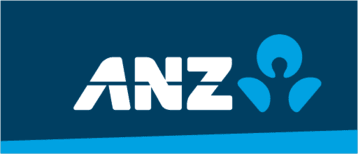

course overview
Overview
This five-hour class equips you to containerize workloads in Docker containers, deploy them to Kubernetes clusters provided by Google Kubernetes Engine, and scale those workloads to handle increased traffic. Students also learn how to continuously deploy new code in a Kubernetes cluster to provide application updates.
Learn to containerize workloads in Docker containers, deploy them to Kubernetes clusters provided by Google Kubernetes Engine, and scale those workloads to handle increased traffic. You also learn how to continuously deploy new code in a Kubernetes cluster to provide application updates.
Virtual Learning
This interactive training can be taken from any location, your office or home and is delivered by a trainer. This training does not have any delegates in the class with the instructor, since all delegates are virtually connected. Virtual delegates do not travel to this course, Global Knowledge will send you all the information needed before the start of the course and you can test the logins.
Audience
This class is intended for the following participants:
Skills Gained
At the end of the course, you will be able to:
Prerequisites
To get the most of out of this course, participants should have:
Outline
This course includes presentations and hands-on labs.
Acquaint yourself with containers, Docker, and the Google Container Registry.
Deploy an application with microservices in a Kubernetes cluster.
Create and manage Kubernetes deployments.
Build a continuous delivery pipeline.
If you need training for 3 or more people, you should ask us about onsite training. Putting aside the obvious location benefit, content can be customised to better meet your business objectives and more can be covered than in a public classroom. Its a cost effective option. One on one training can be delivered too, at reasonable rates.
Submit an enquiry from any page on this site, and let us know you are interested in the requirements box, or simply mention it when we contact you.
All $ prices are in USD unless it’s a NZ or AU date
SPVC = Self Paced Virtual Class
LVC = Live Virtual Class
Our clients have included prestigious national organisations such as Oxford University Press, multi-national private corporations such as JP Morgan and HSBC, as well as public sector institutions such as the Department of Defence and the Department of Health.












